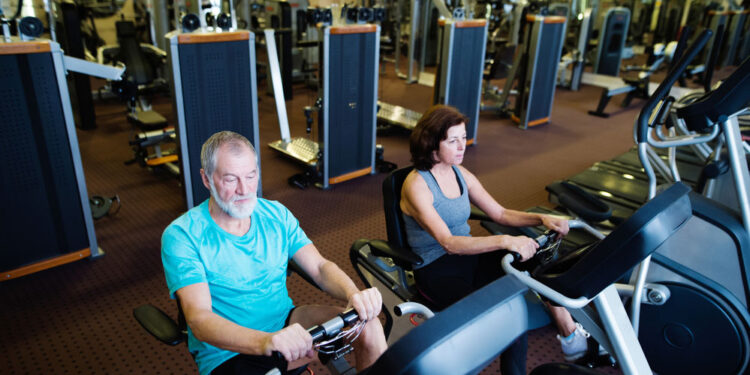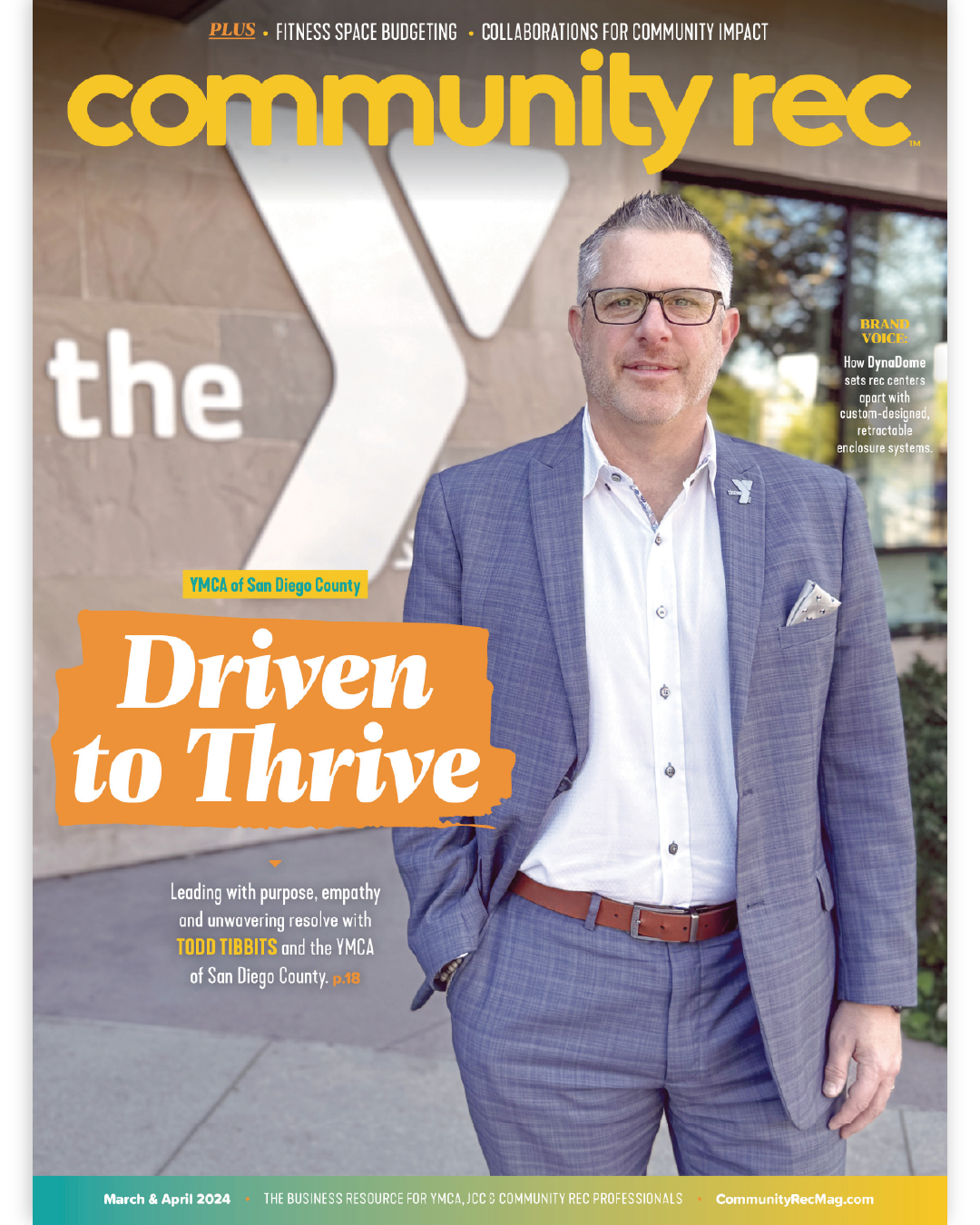Creative and effective new ways to train are literally the lifeblood of our industry. And frankly, with the competitive nature of the business and the never ending battle to keep members and sell memberships, having something new and compelling to offer can mean the difference between survival and failure.
Luckily, our industry seems to be in a golden age of innovation.
From Boot Camp, to outdoor, high-intensity interval training (HIIT), circuit, group, dance, kickboxing, bodyweight, cycling, aquatics, yoga, active aging and more, the number of choices is seemingly endless.
The equipment side of the business has seen its fair share of innovation as well, and one of those innovations is the focus of this article.
Lateral Trainers
Obviously, the concept of lateral training has been around for years. Any long-term trainer is familiar with slide boards. Anyone who has gone through lower body physical therapy is familiar with lateral resistors. Folks who have played organized basketball know the slide-step defense drill. Likewise, football players know ladder drills and cone drills.
There is a reason personal trainers love torturing patients with lateral resistors/crab walks — it really works the lower body and can help do everything, from stabilize the kneecaps to engage the glutes, which can deliver a whole range of additional benefits.
How does all this relate to lateral training cardio machines?
Well, the truth is most of the great cardio products out there train you only in the sagittal-plane (i.e., front-to-back). So even though there is a phenomenal array of cool products in the industry, from treads to ellipticals to stepmill-style, from adaptive and suspension trainers to rowers, the reality is they are all variations on sagittal training.
Why does this matter? First, many trainers understand if you only train clients sagittally, you eventually run the risk of injuries due to overuse of those muscles and connective tissues.
Second, if you only train sagittally, the muscles that never get trained (or get trained too little) run the risk of injuries of dysfunction.
Third, because lateral training is a multi-plane movement, it engages multiple muscle groups that receive little or no activation during most sagittal-only training. This has multiple benefits, including building a better foundation because you are engaging more muscle groups including core and glutes, greater metabolic cost (because approximately two-thirds of your body is receiving increased muscle activation and aerobic intensity is increased), and greater activation of the proprioceptive system.
A leading university’s human performance research lab conducted a research study comparing lateral trainers to traditional elliptical trainers, and the results were astounding.
In seven out of eight core and lower body muscle groups, lateral training created up to 44% greater muscle activation than elliptical training, and subjects reached their target heart rate goals 23% faster.
As one might expect, muscle activation in the outer thighs was increased by 42%, and the inner thighs saw 43% more activation.
The gluteus maximus saw 38% greater activation on the Helix while the gluteus medius saw an increase of 36%.
The obliques saw an incredible 44% more activation, while the rectus abdominis and spinal erectors also saw double-digit increases in activation.
Think about all of the different benefits. First, how many of your members would love to shape up their inner and outer thighs, glutes and obliques? With these levels of increased activation, lateral training is remarkably effective.
Next, how many cardio products can deliver a core workout? It seems incongruous, but it’s true. Next, many sports require lateral movement, and the glutes help generate power in almost all sporting endeavors (golf, tennis, team sports, snowboarding, etc.).
Glute activation also enhances lateral stability, which is important in everything from sports to fall prevention. Think of how many member populations would benefit from this type of training.
Scott Logan is the vice president of sales and marketing and a principal of Helix Lateral Trainers. He has been in the fitness industry since 1990, and joined Helix 6 years ago.











